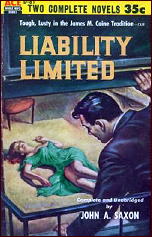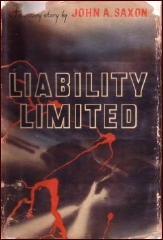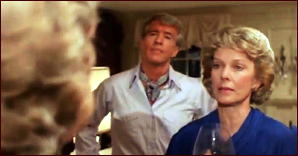Wed 9 Nov 2016
A British Film Noir Movie Review: THE OCTOBER MAN (1947).
Posted by Steve under Mystery movies , Reviews[5] Comments
THE OCTOBER MAN. General Films, UK, 1947. Eagle Lion, US, 1948. John Mills, Joan Greenwood, Edward Chapman, Kay Walsh, Joyce Carey, Catherine Lacey, Frederick Piper. Producer-Screenwriter: Eric Ambler. Director: Roy Ward Baker.
This modestly budgeted but sharply produced British thriller from the late 40s shows, I think, what a good directer and an excellent cast can do with a so-so story, which is to say, one that keeps the viewer watching with considerable interest, if not out-and-out edge of the seat suspense, from beginning to end.
John Mills plays a man haunted by a bus accident in which he survived, albeit with a serious head injury, while the little girl who was accompanying him was killed. Trying to put his life as a chemist (not a British pharmacist) back together, he finds a place to live in a middle class boarding house, in which the residents essentially live together, knowing each other’s secrets, or they think the do, and when they don’t, they make up their own.
When a young girl in the room next door whom Mills briefly befriended is murdered, the gossipers go hard to work, and the police, learning quickly of his previous head injury, even more quickly believe they have their man. Luckily Mills has found a girl friend (Joan Green wood) who still believes in him, even when it appears that all hope is lost.
Photographed stylishly in stark shades of black and white, this is a movie that may have been made quite independently of the noir movement in the US, but all the ingredients are there. A solid piece of film-making.


